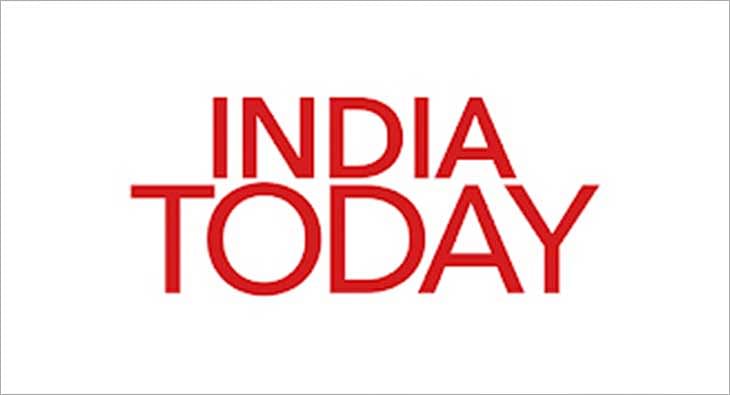Nepal finds itself at the centre of its most significant political upheaval since the fall of the monarchy, as a simple social media ban has ignited a generational revolt that has already claimed a prime minister and threatens to reshape the nation's political landscape entirely.

The protests, primarily youth-driven, have led to the resignation of Nepalese Prime Minister KP Sharma Oli.
Nepal finds itself at the centre of its most significant political upheaval since the fall of the monarchy, as a simple social media ban has ignited a generational revolt that has already claimed a prime minister and threatens to reshape the nation's political landscape entirely.
What began on 4 September 2025 as a government crackdown on social media platforms quickly transformed into something far more profound. Within days, tens of thousands of young Nepalis aged 13 to 28 had flooded the streets of Kathmandu and other cities, their chants of "Shut down corruption, not social media" echoing through the capital. The protesters, comprising students, freelancers, and small entrepreneurs, faced a brutal government response that included tear gas, water cannons, and tragically, live ammunition that left 19 dead and hundreds injured.
The catalyst for this extraordinary mobilisation was not merely the ban itself, but what it represented to Nepal's digital generation. At the heart of the protests was the viral phrase "Nepo Kids," which became a rallying cry against the entrenched nepotism plaguing Nepal's political establishment. Young Nepalis shared damning side-by-side images on social media, contrasting the luxurious lifestyles of ministers' children attending elite schools and enjoying tropical holidays with their own struggles against unemployment and economic hardship.
For these digital natives, who earn income through TikTok, work as freelancers for international clients, and organise through encrypted messaging apps, the social media ban threatened not just free speech but their very livelihoods. The government's attempt to silence the platforms exposing corruption backfired spectacularly, transforming online discontent into street revolution.
The dramatic scenes of 8 and 9 September will long remain etched in Nepal's collective memory. Protesters breached security barriers around Parliament, with flames licking the compound as thick smoke rose over Kathmandu. The homes of political leaders, were vandalised or set ablaze. Within hours, the Home Minister had resigned; within a day, Prime Minister KP Sharma Oli himself was forced to step down.
This uprising carries particular significance in Nepal's context of repeated political disappointments. The country has witnessed numerous democratic movements, from the 1951 revolution that ended the autocratic Rana regime to the 2006 People's Movement that ultimately abolished the monarchy in 2008. Each promised a new dawn of clean governance and accountability. Yet by 2025, Nepal had cycled through more than a dozen governments, each accused of the same corruption and cronyism that characterised previous regimes.
The irony was not lost on protesters that the republic, established to escape hereditary privilege, had simply morphed that privilege into a new form. Former revolutionaries became ministers, and their children became the "Nepo Kids" that so enraged the younger generation. Oli himself, who rose as a nationalist outsider, had become emblematic of everything he once opposed.
The immediate question facing Nepal is what comes next. Parliamentary procedures could produce a new coalition government, but this risks repeating the same fragile horse-trading that bred public disgust. Early elections might refresh mandates without changing practices. A technocratic caretaker government could provide breathing space for genuine reforms.
Whatever path Nepal chooses, ignoring Generation Z's demands would court disaster. These protesters have demonstrated that digital natives can shake a government to its knees. Their demands for transparency, youth participation, independent anti-corruption bodies, and digital rights protections represent more than policy preferences; they constitute the price of political stability in modern Nepal.
The fundamental question remains whether this generational uprising can transcend its success on the streets to build something better in government. Nepal's September revolution has begun; whether it culminates in genuine transformation or fades into familiar disappointment will define the nation's political future.
- Ends
Published By:
indiatodayglobal
Published On:
Sep 9, 2025

 5 hours ago
5 hours ago















